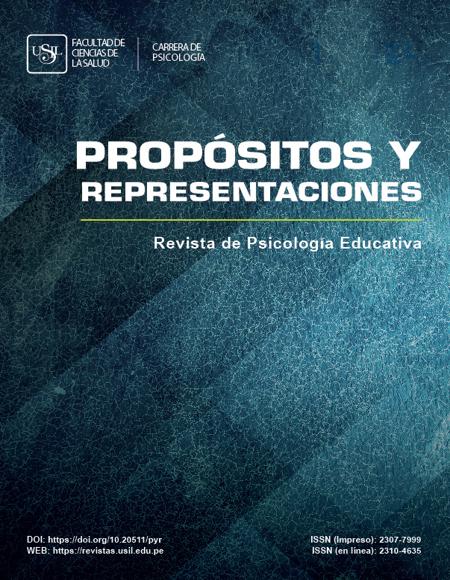Protest Consciousness of the Russian Youth (on the Example of the Russian Far East)
Protest Consciousness of the Russian Youth (on the Example of the Russian Far East)
##plugins.themes.bootstrap3.article.main##
In Russian history and culture, various kinds of protests and uprisings have always played an important role. One can recall periodical civilian riots and uprisings in the Russian Empire; the revolution of 1917 that changed the world history. Political processes in a country have often been a pendulum swinging between extremes such as passive loyalty and riot. In recent years, a relative stability of society and power has been achieved, the foundations of which are sometimes referred to as a social contract. However, the beginning of protest in Russian society is increasingly shows itself. The publication presents materials of semantic reconstruction of ideas about various forms of social protest among Russian youth. The study made it possible to reconstruct structural and informatory characteristics of young people's ideas about five significant forms of collective protest: petition, rally, strike, riot and uprising. Comparative analysis shows that the closest form of protest to young people is such a form of protest as a rally, such a form as a petition is also positively assessed. Young people don’t associate radical forms of protest, such as riot and uprising, with values and goals that are meaningful to them.














